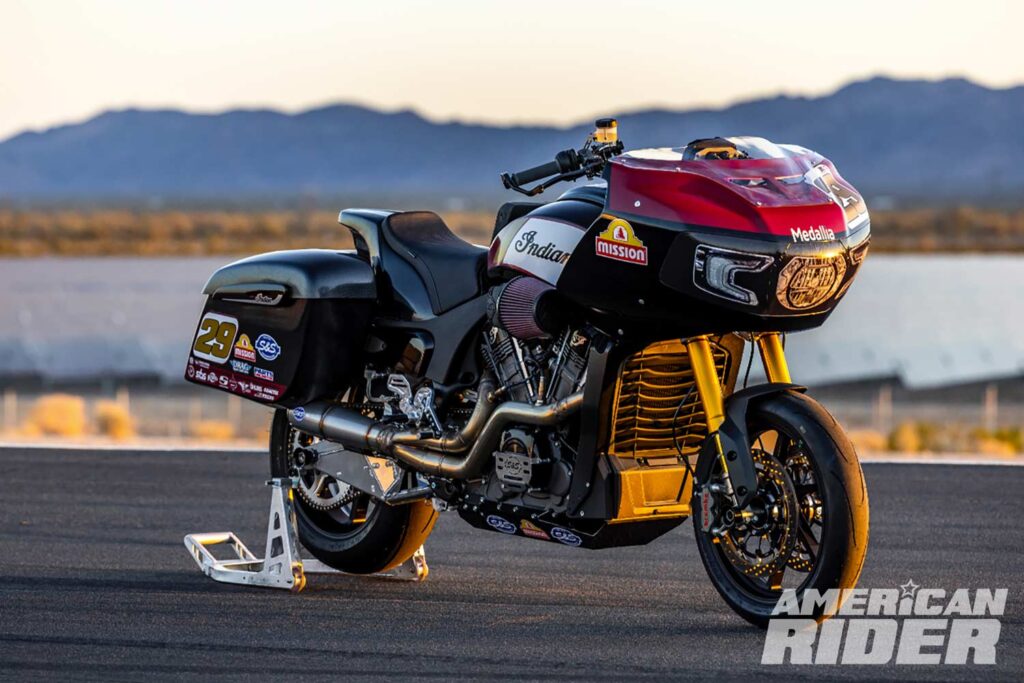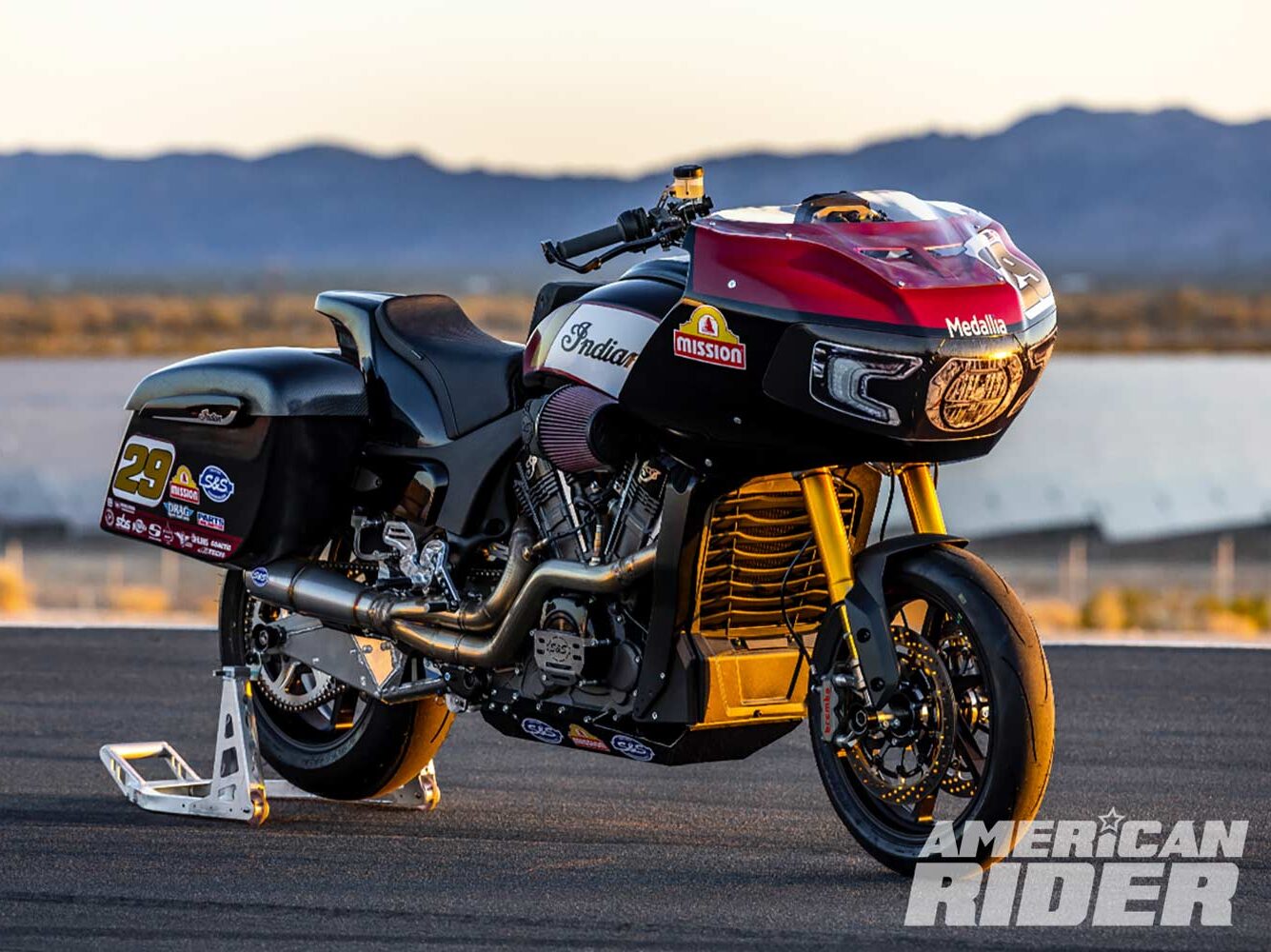Indian Motorcycle has been taking us for a ride – and I mean that in a positive way.
We look back fondly at Indian’s pre-WWII era when Chiefs and Scouts and Fours were the darlings of American motorcycling. But in 1945, Dupont sold controlling interest of Indian to Ralph Rogers, and the company limped along until shutting its doors in 1953.
Resurrection of the storied company was attempted several times during the subsequent decades, but most either diluted the brand or were undercapitalized and suffered ignominious deaths.
The hallowed marque finally fell into the hands of a company that had deep enough pockets and resources to do the brand justice. Polaris Industries bought the Indian name in 2011 while its existing motorcycle brand, Victory Motorcycles, seemed to be making headway in the American V-Twin market following its 1997 inception.

In 2013, I rode a Victory Cross Country bagger to Sturgis and was delighted by my favorite motorcycle from that brand. Each time I stopped around Sturgis, I asked fellow rallygoers – most of whom rode Harleys – if they’d ever be interested in buying a Victory. Although many had heard good things about the brand, not once did someone say they’d buy one for themselves.
The following year, I showed up at Sturgis to ride Polaris’ new Indian Chief. Even though the Indian was designed and styled by the same company that drew up Victorys, answers to my roadside poll question instantly changed from lukewarm to glowing. The allure of the Indian badge was powerfully nostalgic for many riders, and I got a firsthand look at the critical nature of how brands are perceived.
Related: 2023 Indian Sport Chief Review
The liquid-cooled Indian Scout followed on the Chief’s heels, and Indian’s two-pronged product line marginalized Victory’s sales, forcing Polaris to kill its original motorcycle brand in 2017 and rely solely on Indian. Ironically, the Scout was originally intended to be a Victory model, which was the short-lived Octane.
And there’s more irony. The Indian Challenger bagger was nearly ready to launch as a Victory before Polaris decided to shift its focus to Indian, and it’s the King Of The Baggers Challenger that graces the cover of this issue. The Challenger was the 2022 KOTB champ, but it could’ve been a Victory instead.
Related: Indian Challenger RR – 2022 King Of The Baggers Race Replica
Indian was smart to invest in flat-track racing with its nearly unbeatable FTR750, enhancing its bona fides as a legitimate player in the industry. Critics have been silenced by six consecutive AFT titles. The FTR750 racebike paved the way for the thrilling FTR1200 streetbike, itself an evolution from Victory’s Project 156 Pikes Peak racer.
So how successful is Indian Motorcycle? Polaris doesn’t release sales figures, so it’s difficult to determine how Indian stacks up against Harley-Davidson, the dominant player in the market for American V-Twins. But a clue emerged during the trackday for test rides on the championship-winning KOTB Challenger and Super Hooligan FTR. Indian played up the David-versus-Goliath angle by stating that it is six times smaller than its Milwaukee rival in terms of global shipments.
Although we don’t get sales numbers from Indian, Harley’s numbers are public, so let’s do the math. Harley shipped about 180,000 bikes globally in 2022, so we can surmise Indian is selling about 30,000 bikes a year. Victory only sold about 130,000 bikes over its two-decade history, so Indian is on much firmer footing than its forebear ever was.
Personally, I’m delighted to have Indian in the fray of quality American motorcycles on the market, both here and abroad. Our V-Twin world would look much duller without stylish and capable machines like the Chief, Scout, FTR, and Challenger battling with bikes from H-D.
Here’s to many more decades of Harley versus Indian on racetracks and on showroom floors!


















